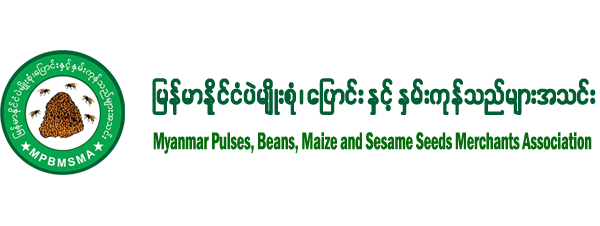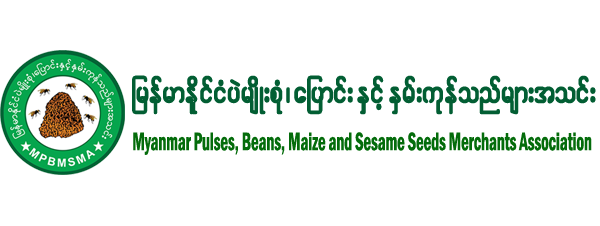
Description
Maung bean (binomial name is Vigna radiata ), also known as green bean, choroko (in Swahili), mung, mongo, moong, moog (whole) / moog dal (split) (in Bengali , Marathi), mash bean, munggo or monggo, green gram, golden gram, and green soy, is the seed of Vigna radiata which is native to Bangladesh, India, and Pakistan. Moong is green with the husk, and yellow when dehusked.
Specifications
Mature seeds (100g) contains vitamin C(8%), Calcium (13%), Magnesium(51%), Phosphorus(52%), Potassium(27%) and Sodium(1%).
Mung Beans are mainly cultivated in India, China,Thailand,Philippines, Vietnam, Indonesia, Myanmar, Australia, Iran, Eastern Africa and Bangladesh, but also in hot and dry regions of southern Europe and southern USA.
World exports during the past 10 years were variable, depending mainly on domestic production volumes in India and other countries, which both produce and import chickpeas. India and surrounding countries import mainly the Desi type, while countries in North and South America, Europe, West Asia and Africa import mainly the Kabuli type. Top chickpea exporters of the world were Australia (524996 tonnes), Mexico (1,44,036 tonnes), India (89,161 tonnes) and Turkey (88,507 tonnes) in 2009.The leading importers of chickpea were India (303885 tonnes), Pakistan (1,98,910), Algeria (53,574) and UK (27,219). With a huge domestic demand, India is a net importer of chickpea and has a share of about 28 per cent in world chickpea import market. India imports chickpea mainly from Australia (70 per cent), Canada (4 per cent), Myanmar (4 per cent), Tanzania (10 per cent) and the US (3 per cent). However, there is also a significant share of India in global chickpea exports. India exported 95,264 tonnes of chickpea in 2009-10, which included dried and shelled chickpea. Major export destinations for chickpea from India are Pakistan, Sri Lanka, Algeria, Turkey and the UAE.
In Myanmar, Mung Bean is gown during two seasons. One is winter season (starting October), and the other is the raining season (starting August). The winter crop is harvested in February to April and Moonsoon crop is harvested in August to January. Producing States and Divisions are Kachin, Kayin, Kayar, Sagaing, pegu ( East and West), Megue , Mandalay, Mon, Shan (North), Yangon, and Irrawaddy. Among them, Yangon and Pegu (east) Division produce Pe ti shwewar, Pegu region of Megue Division produce Anar Shwewar and other regions produce green mung. Myanmar annually produces around.
In Myanmar, about 90% of the total production of Mung Bean is exported to India, China, Indonesia, Malaysia, UAE ..etc by oversea or Border trade. Export VolumeS are about 340000 tonnes in 2006-07, over 340000 tonnes in 2007-08, about 320000 tonnes in 2008-09, over 320000 tonnes in 2009-10 and about 170000 tonnes in 2010-11 (up to November).
Mung beans are commonly used in Chinese cuisine, where they are called lǜ dòu (绿豆, literally “green bean”), as well as in Myanmar, Thailand, Japan, Korea, Philippines, Pakistan, India, and Southeast Asia. In Vietnam, they are called đậu xanh (again, literally “green bean”). They are generally eaten either whole (with or without skins) or as bean sprouts, or used to make the dessert “green bean soup”. The starch of mung beans is also extracted from them to make jellies and “transparent/cellophane” noodles. In India the mung beans are also consumed as a snack, called “Dal moth”. In Northern China, Mung Bean jelly is called Liangfen (凉粉, means chilled bean jelly), which is very popular food during summer. Jidou liangfen is another flavor of Mung bean jelly food in Yunnan, Southern China.

